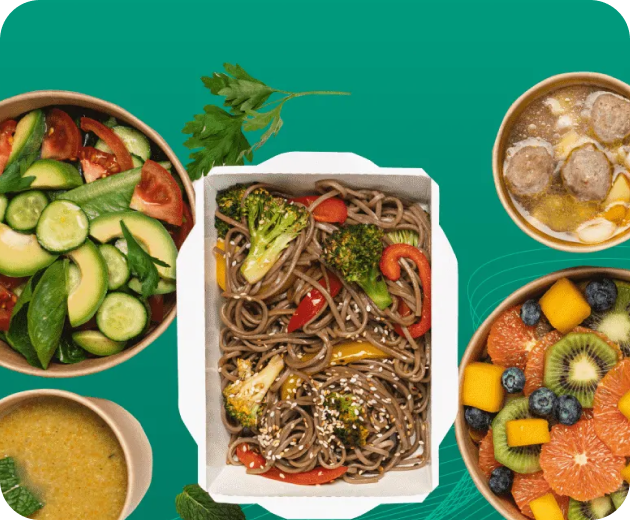Ghost Stories – 4 Observations on the Virtual Restaurant Wave
Virtual restaurants essentially offer the benefits of ‘take-away’ ordering…without an actual restaurant from which to take the food away. In fact, a brick-and-mortar location plays little to no role in a virtual restaurant; virtual restaurants offer a menu that can solely be accessed for delivery, connecting customers directly to their order through online or app-based delivery platforms. Read on for what you need to know right now about this emerging category.
Ghost Stories – 4 Observations on the Virtual Restaurant Wave
Virtual restaurants essentially offer the benefits of ‘take-away’ ordering…without an actual restaurant from which to take the food away. In fact, a brick-and-mortar location plays little to no role in a virtual restaurant; virtual restaurants offer a menu that can solely be accessed for delivery, connecting customers directly to their order through online or app-based delivery platforms. Virtual restaurants are cheaper and more efficient than maintaining traditionally located restaurants, and are increasingly influential in today’s growing restaurant market. Ghost kitchens, as virtual restaurants are sometimes called, mark an important shift in how consumers are willing to relate to food and the experience of eating. Read on for four insights into what is making the virtual restaurant wave work.
Virtual restaurants are incredibly adaptable
Through lower overhead costs and a delivery-only model, virtual restaurants are able to pivot quickly to address changing consumer tastes. Is there a new dessert that customers are rumored to love? Add a creative version of it to the menu. Did that hamburger topping fall flat? Take it off. Chefs in ghost kitchens are also able to experiment with new ingredients and dish concepts with less risk of fallout than those at traditional restaurants. Tastewise’s Food Trends Platform sheds light on the latest dishes that customers are craving.
Kitchen-only spaces mean cheaper real estate
Ghost kitchens can cater to customers in busy, thriving neighborhoods, without paying the cost of rent to be located there. Virtual restaurants with expansive delivery options allow brands to rent kitchen space, often shared, in low-cost areas, slashing the costs of both the location and the support staff. No customers dining-in means no waiters, management, decor, bussers, etc. Delivery platforms also expose virtual restaurants to customer traffic in new ways; with menu and reviews outweighing location and atmosphere, virtual restaurant dishes are open to a wider audience.
Multiple brands, menus and cuisines can come from just one kitchen
The virtual restaurant concept does away with traditional space constrictions. Consider the following: Ghost kitchens can host multiple restaurant brands in one space; a brick-and-mortar restaurant can use its kitchen to host a virtual restaurant with a different menu and name; and virtual restaurant brand can offer different menus online to different neighborhoods – all from the same kitchen. Notable investors and restaurant groups are taking advantage of the various permutations that virtual restaurants offer, investing in restaurant brands that can only be accessed by the tap of an app.
Shared kitchen spaces are blossoming as sites of food production and experimentation
The steady rise of virtual restaurants and new locations of food production are democratizing what it means to be a restaurateur. Don’t have half a million dollars to open a restaurant space? No problem. The reduced costs of ghost kitchens means that shared kitchen spaces are on the rise, allowing multiple virtual restaurant brands to work under one roof and encouraging new forms of creativity, competition and collaboration. Data-driven hospitality reports from Tastewise, allow virtual restaurants to create menus in sync with customer demand and incorporate trending customer motivations into their marketing.




